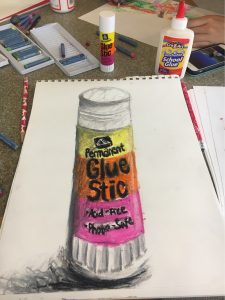This past Wednesday, Professor Jeff Prince from Indiana University spoke to us about the difficulties of pricing the intangible: a.k.a. the Internet. He mainly spoke about two aspects that have the potential to increase internet speed: bandwidth and latency. While I had heard the term “bandwidth” prior to coming to this Rose Café, the term “latency” used in this context was completely new to me. In my heat and mass transfer course last semester, we learned about latent heat, which is the heat required to convert a solid into liquid or vapor, or convert liquid to vapor, without a change of temperature. However, I had trouble relating the term from heat transfer to internet speed.
Professor Blalock provided the analogy of a highway. Bandwidth is the number of lanes on the highway–a greater number of lanes promotes less traffic and thus faster travel. Latency is the length of the highway–if the distance between destinations A and B could somehow decrease, the speed at which you would get from A to B would of course increase. Ideally, you want your bandwidth to be as high as possible and your latency to be as low as possible. It is my understanding now that latency is the time delay between stimulation and response. I found this talk particularly interesting because of this introduction of this completely new concept. In comparison with past Rose Cafés, this talk was definitely had more of a technical basis, which was refreshing to me.




